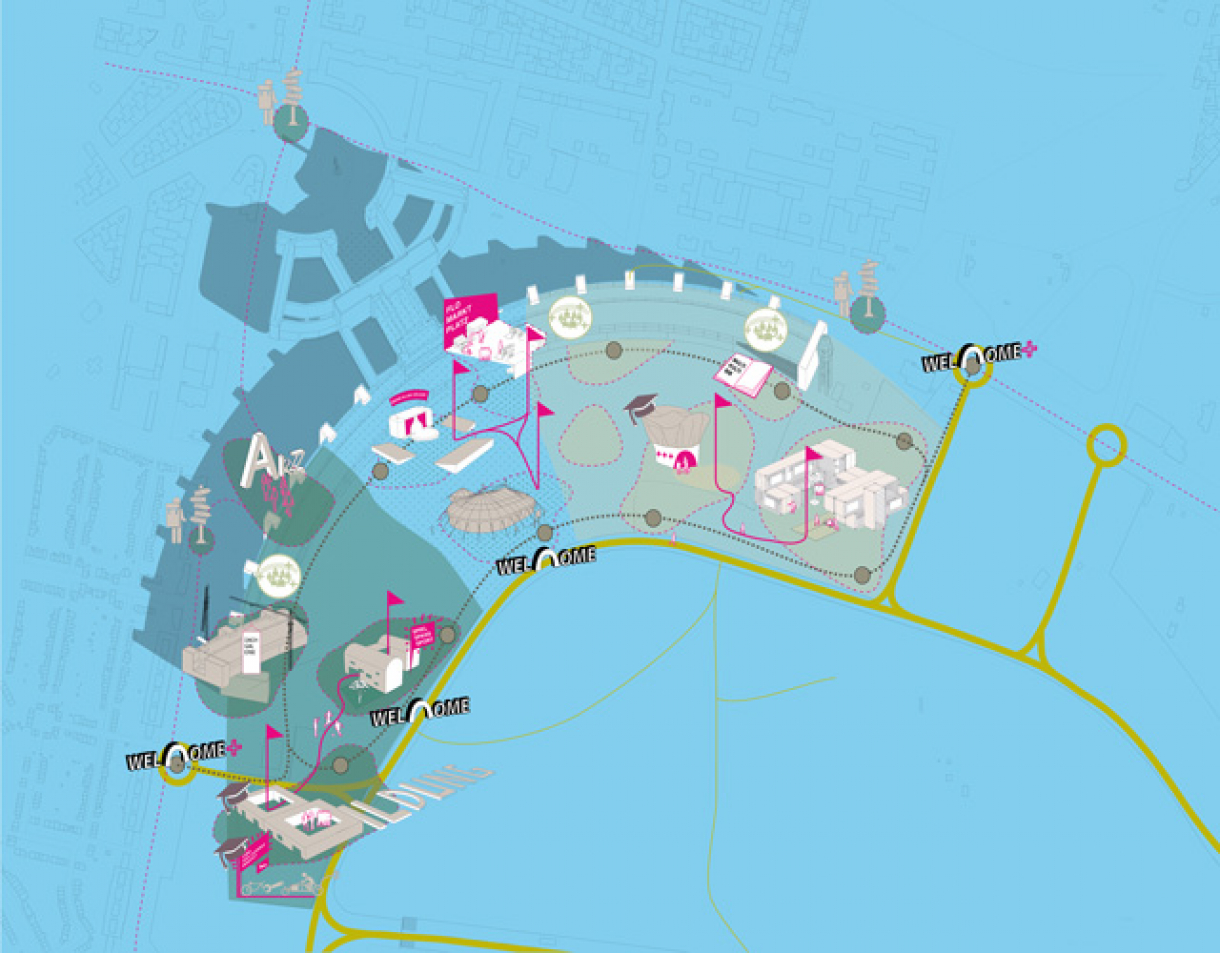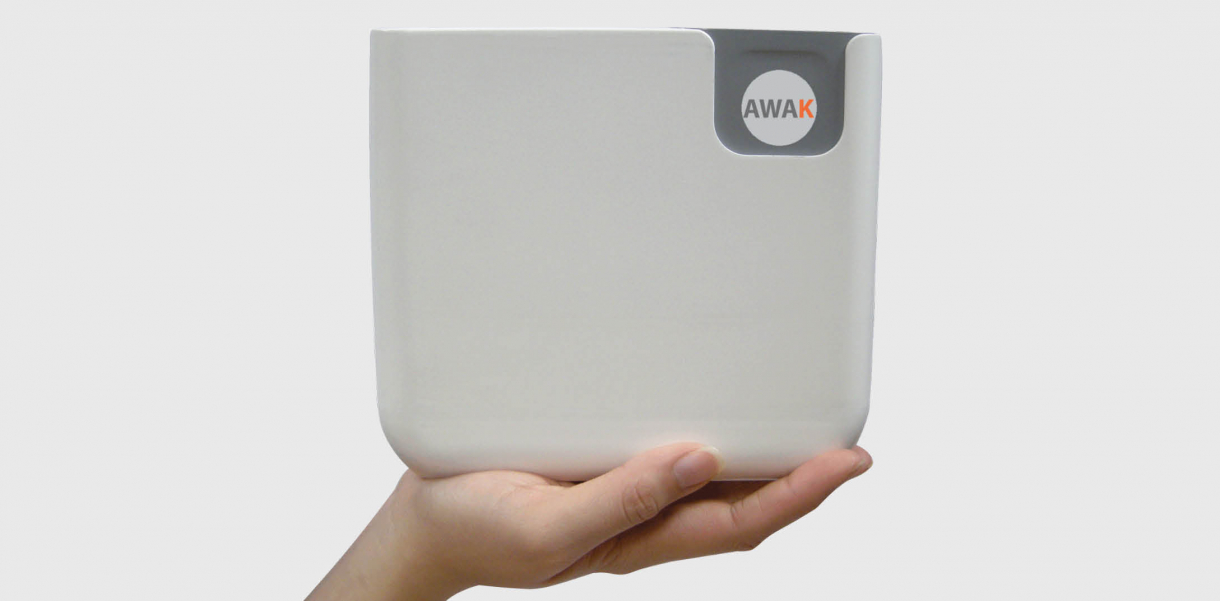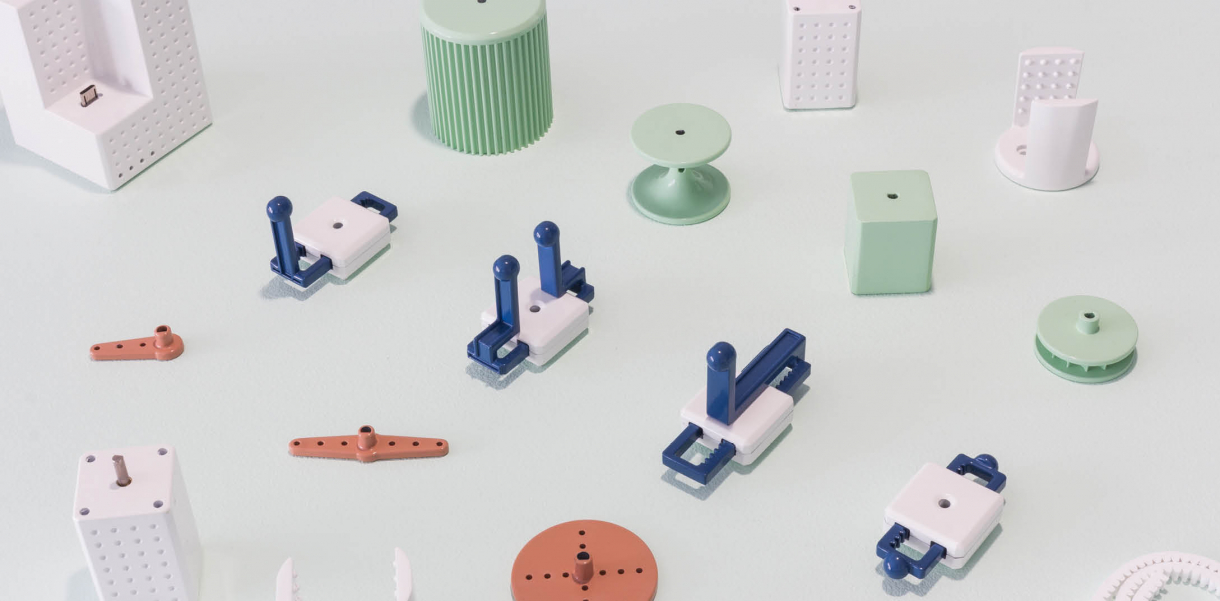Right now, there are 70 million registered refugees, which is the highest since World War Two. Most of these live in exile for an unacceptably long period -- an average of 12 years. The humanitarian sector’s bureaucracy and top-down approaches are considered outdated and often leave refugees feeling unheard. This is the recipe for an undignified life.
Rethinking how refugees, in transit, crisis and arrival, don’t waste their life waiting for a new beginning is crucial. MORE THAN SHELTERS (MTS) confronts these issues head-on through a social design called Integrated Humanitarian Design.
The Integrated Humanitarian Design is a mix of 21st-century design processes coupled with knowledge from social science and humanitarian and development sectors. The method aims to find new answers to the refugee crisis and transform the refugee experience from miserable to dignified. It's about working with people in need to create human-centred solutions.
How does one do that through a methodology? The whole idea is to look at each obstacle as a design challenge and to conduct in-depth analysis along the way. That’s why each issue of change goes through seven phases: exploration, preparation, process commitment, design, implementation, cultivation, documentation and scaling. Scaling is especially important as MTS seeks to make their systems the new global standard.
"All people that are forced to leave home forever should find peace, safety and a prosperous future within their new neighbourhoods."
So far, it’s working. MTS’s innovation and planning agency developed an integrated master plan for the Za’atari refugee camp in Jordan, which has affected more than 85,000 of the camp’s inhabitants. A coherent integrated master plan, a management structure and an action plan to build dignified reception centres were designed and implemented at Berlin-Tempelhof airport when it became a refugee shelter in early 2016. Since then, it’s been further developed and scaled to other locations such as Munich and Stuttgart.
MTS also conducts extensive follow-ups on their work to ensure they’re making a difference. To date, the Integrated Humanitarian Design’s qualitative and quantitative research shows that they’ve touched the lives of around 300,000 people.
They’ve produced 33 high impact innovations that have the potential to become system-changing models. 14 of those innovations are now the regular practice at their partner organisations such as UN-Women, Oxfam, UNHCR and the city of Berlin.
Designers: MORE THAN SHELTERS, Daniel Kerber - Germany
UN SDGs: No poverty and Good health & well-being
DTIL goals: Refugees & Immigrants
Integrated Humanitarian Design from The Index Project on Vimeo. Music: Lee Rosevere







